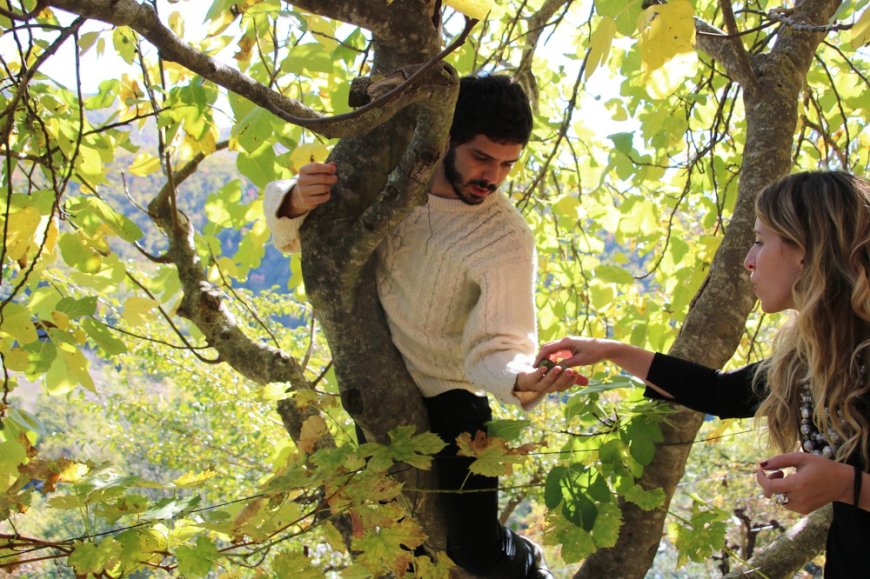The Art of Fig Cultivation: A Guide to Growing and Harvesting Figs
Discover the art of fig cultivation and learn how to grow and harvest delicious figs in your own garden. This factual article provides valuable insights into selecting varieties, soil requirements, pruning, pest management, and more.

Figs, known for their sweet and luscious taste, have been cultivated for thousands of years and hold a significant place in human history. Believed to be one of the oldest cultivated fruits, figs offer not only delicious flavors but also numerous health benefits. Cultivating fig trees is an enjoyable and rewarding experience for gardeners and enthusiasts alike. In this article, we will explore the art of fig cultivation, from selecting the right variety to nurturing the tree and harvesting the fruits.
When embarking on a fig cultivation journey, selecting the appropriate variety is crucial. There are hundreds of fig cultivars available, each with its unique characteristics. Some popular varieties include Brown Turkey, Celeste, Black Mission, Kadota, and Adriatic. Consider factors such as climate, desired taste, and tree size when choosing the right fig variety for your region.
Fig trees are adaptable and can grow in a wide range of climates, from Mediterranean to subtropical and even certain temperate regions. They thrive in full sunlight, requiring a minimum of six to eight hours of direct sunlight daily. Fig trees can tolerate various soil types but prefer well-drained soil with a pH range between 6.0 and 6.5. Before planting, ensure the soil is fertile, loose, and rich in organic matter.
Fig trees can be propagated through seeds, cuttings, or purchased as young saplings. For best results, it is recommended to obtain a grafted or cutting-grown tree to ensure consistency in fruit quality. Plant the fig tree during the dormant season, typically in late winter or early spring. Dig a hole wide and deep enough to accommodate the roots, and place the tree carefully, ensuring the soil level matches the original nursery depth. Pruning fig trees should be done during the dormant season to shape the tree, remove dead or damaged branches, and promote airflow.
While fig trees are known for their drought tolerance, consistent watering is essential during the first few years of growth. Water deeply, ensuring the root zone is adequately moist but not waterlogged. Once established, fig trees require minimal watering, except during prolonged dry spells. Apply a balanced organic fertilizer in early spring to provide necessary nutrients for healthy growth. Avoid excessive nitrogen fertilizers, as they can promote foliage growth at the expense of fruit production.
Fig trees are relatively resilient to pests and diseases, making them an excellent choice for low-maintenance cultivation. However, common pests such as aphids, scale insects, and nematodes can occasionally affect fig trees. Regularly inspect the leaves and fruits for signs of infestation and promptly treat affected areas with organic insecticides or horticultural oils. Proper pruning and maintaining good airflow can help prevent fungal diseases, such as leaf spot and rust.
Fig harvesting time varies depending on the variety and local climate. Figs are ready to be picked when they have fully ripened and developed a rich color, usually when they become slightly soft and the skin starts to crack. Harvest the figs gently, as they are delicate fruits. Enjoy them fresh or use them in various culinary preparations, such as salads, jams, or desserts. Figs can also be dried or preserved for long-term storage.
Conclusion:
Fig cultivation is an art that connects us with ancient traditions and the bounties of nature. With the right variety, suitable climate, and proper care, growing fig trees can be a fulfilling experience. From the joy of seeing the tree flourish to the satisfaction of savoring the
fruits of your labor, fig cultivation offers a delightful journey for gardeners and fruit enthusiasts. By following the guidelines outlined in this article, you can establish a thriving fig tree, enjoy a bountiful harvest, and relish the exquisite flavors of this ancient fruit.
Remember, fig cultivation requires patience and attention, as it may take a few years for the tree to reach its full productivity. However, the rewards are well worth the effort. So, roll up your sleeves, choose your favorite fig variety, and embark on a journey filled with the joys of nurturing and savoring these delectable fruits.
Happy fig cultivation!








